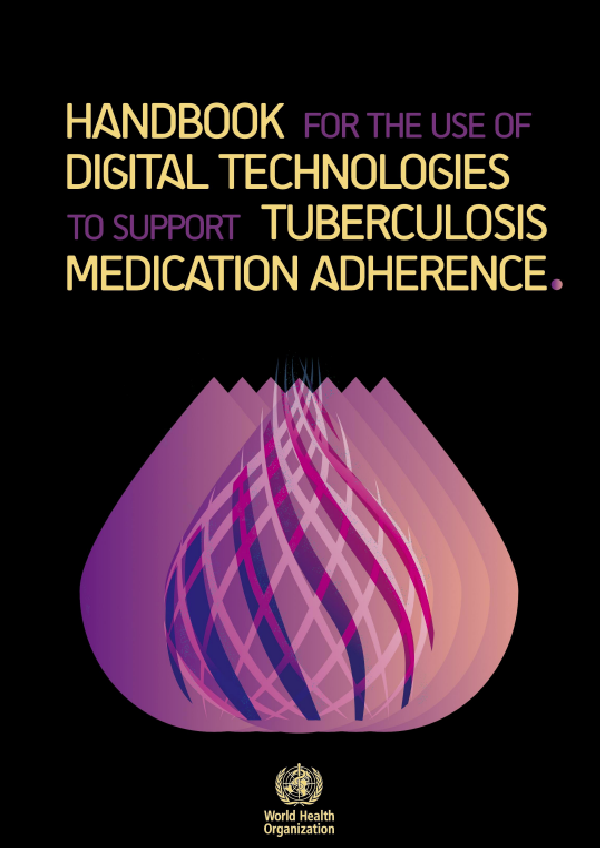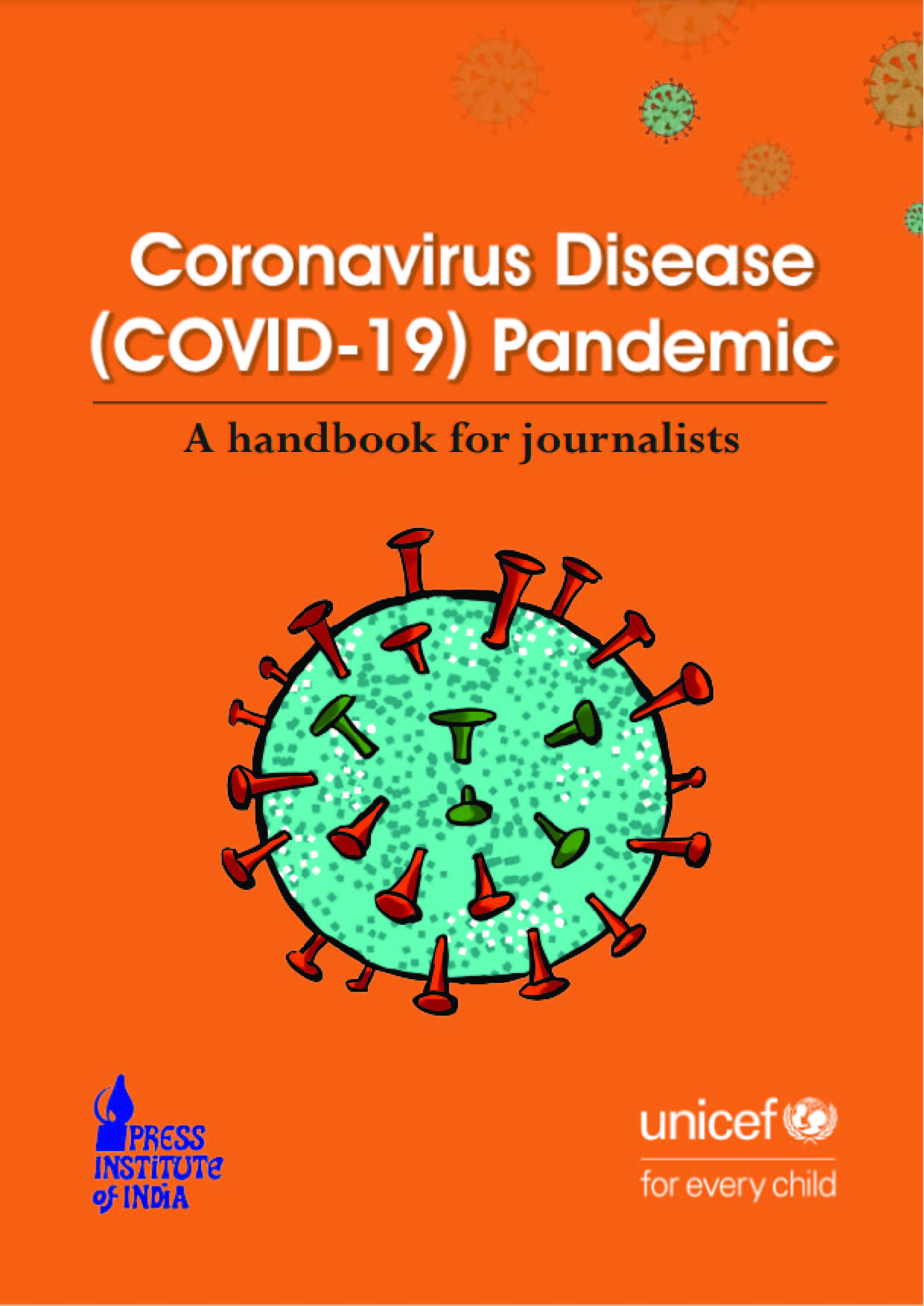Digital health is a discipline that includes digital care programs, and technologies with health, healthcare, living, and society to enhance the efficiency of healthcare delivery and to make medicine more personalized and precise. It uses information and communication technologies to facilitate understanding of health problems and challenges faced by people receiving medical treatment and social prescribing in more personalised and precise ways. Advances in mobile technologies, network coverage and Internet access have transformed the way we interact with each other in our daily life. Instant access to information and rapid sharing of news is becoming the norm in our professional, social and personal environments. These developments have created new, exciting possibilities to improve patient care by turning data into useful information for individuals and for programme management. For example, social media channels and mobile text messaging campaigns can promote and raise awareness of health and disease. Mobile phones can help community health-care workers communicate better with patients. Faster feedback from laboratories can be achieved by automating the transmission of diagnostic test results to clinicians and electronic health records. Guidelines, training material and educational content can be shared and updated more efficiently in digital format than on paper.
The various applications of digital health are relevant for major disease programmes such as those focused on tuberculosis (TB) prevention and care. They have the potential to transform the delivery of different dimensions of services, bringing the notion of patient-centred care within reach, even under very basic conditions.
In 2015 and 2017, the Global TB Programme of the World Health Organization (WHO) convened technical consultants to explore how innovative digital technologies could be integrated more systematically into the various aspects of its End TB Strategy. A conceptual framework was developed, grouping different digital health products into four areas relevant to TB: patient care, surveillance and monitoring, programme management and e-learning.
One important application of digital health in TB patient care is the support that it can lend to medication adherence. TB programmes have already been using short message service (SMS), videosupported treatment (VOT) and event monitoring device for medication support (EMM)1 to help patients complete treatment and health-care workers to monitor both daily dosing and treatment continuity (Map 1). In April 2017, WHO released its first evidence-based recommendations for the use of digital technologies in support of the administration of TB treatment and medication adherence, using the Grading of Recommendations Assessment, Development and Evaluation (GRADE) methodology to assess the quality of evidence. With the release of these guidelines, there was a surge in demand by national TB programmes for clearer instructions on how to choose the best suited interventions and implement them under the circumstances that they face in their daily efforts.
This handbook was conceived to answer to this demand. It is focused on the implementation of the most common digital health products being used in support of TB treatment adherence, and for which some evidence is already available from studies in TB treatment programmes. The instructions provided thus address primarily the “patient care” function of digital technologies for the End TB Strategy, as described in WHO’s “agenda for action” . Staff of TB programmes and practitioners in both the public and private sectors who are directly involved in such efforts make up the main target audience of the handbook. The text takes a step-wise approach to help the user think systematically through the critical stages needed for successful implementation. One of the main challenges that the authors of this handbook aimed to address is the ever-changing nature of the digital health landscape as innovations are continually introduced to enhance the existing products. The implementer will need to stay abreast of developments to ensure that the best possible use is made of state-of-the-art technology as it moves forward.











